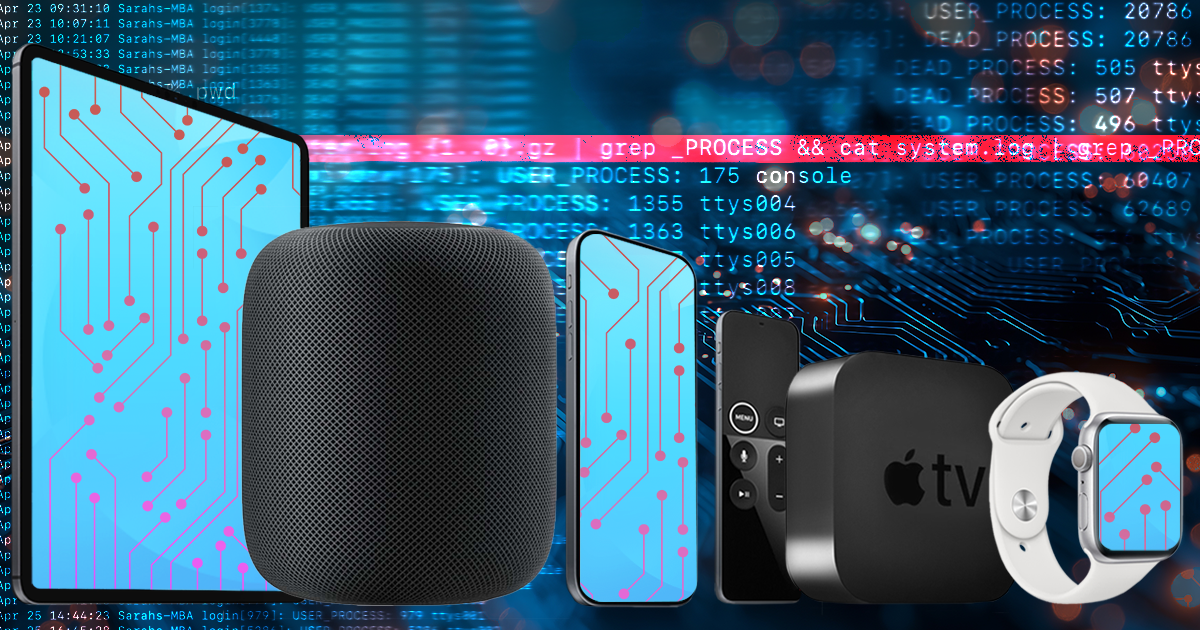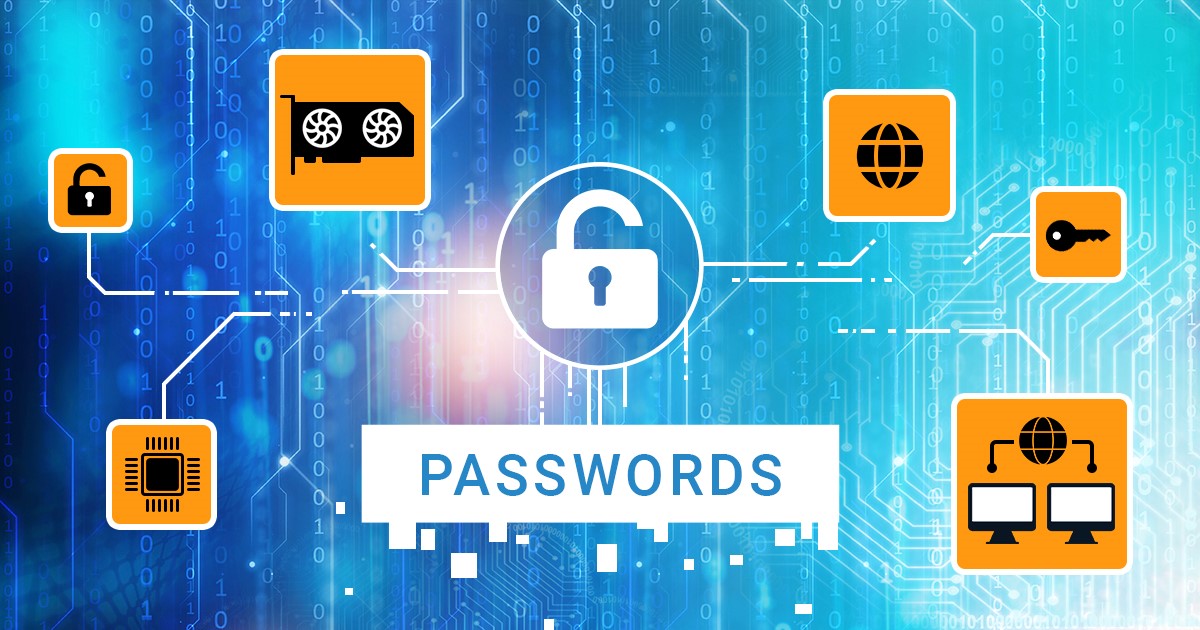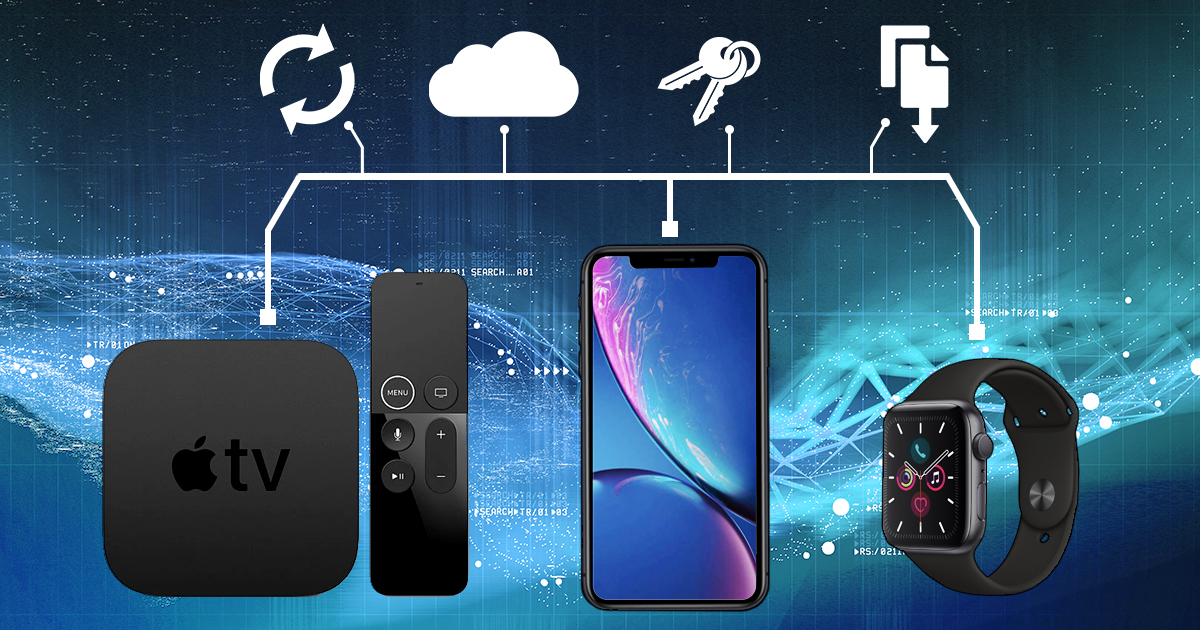The first-generation HomePod is a smart speaker developed by Apple that offers high-quality audio and a range of features, including Siri integration and smart home controls. However, as with any electronic device, it can store valuable information that may be of interest in forensic investigations. In this article, we will explore how to use the forensically sound checkm8 extraction to access data stored in the HomePod, including the keychain and file system image. We will also outline the specific tools and steps required to extract this information and provide a cheat sheet for those looking to extract data from a HomePod. By the end of this article, you’ll have have a better understanding of how to extract data from the first-generation HomePod and the potential limitations of this extraction method.
Agent-based low-level extraction of Apple mobile devices requires sideloading an app onto the device, which is currently far from seamless. One can only run sideloaded apps if they are signed with a device-specific digital signature, which must be validated by an Apple server. Establishing a connection to the server carries a number of potential risks. In this article, we are proposing a solution that reduces the risks by using a firewall script.
In today’s digital age, extracting data from mobile devices is an essential aspect of forensic investigations. However, it must be done carefully and correctly to ensure the highest possible level of accuracy and reliability. To accomplish this, the appropriate extraction methods should be used in the right order, considering all available options for a given device running a specific version of the operating system. So what is the best order of extraction methods when acquiring an iPhone? Read along to find out.
Discover the benefits of agent-based data extraction from iOS devices. Learn about the purpose and development of the extraction agent, when it can be used, and best practices. Get a comprehensive understanding of the cutting-edge approach for iOS data extraction.
On January 23, 2023, Apple have released a bunch of system updates that target the different device architectures. iOS 16.3 is available for many recent devices, while older models were updated to iOS 12.5.7, iOS 15.7.3 and iPadOS 15.7.3 respectively. While Elcomsoft iOS Forensic Toolkit supported these versions of the system from the get go, today we are rolling out an update that irons out minor inconveniences when imaging such devices.
What does “forensically sound extraction” mean? The classic definition of forensically sound extraction means both repeatable and verifiable results. However, there is more to it. We believe that forensically sound extractions should not only be verifiable and repeatable, but verifiable in a safe, error-proof manner, so we tweaked our product to deliver just that.
Apple is known for a very long time they support their devices. On January 23, 2023, alongside with iOS 16.3 the company rolled out security patches to older devices, releasing iOS 12.5.7, iOS 15.7.3 and iPadOS 15.7.3. iOS 12 was the last major version of iOS supported on Apple A7, A8, and A8X devices, which includes the iPhone 5s and iPhone 6 and 6 Plus generations along with several iPad models. We tested low-level extraction with these security-patched builds, and made several discoveries.
The updated iOS Forensic Toolkit 8.11 brings keychain decryption support to devices running iOS/iPadOS versions up to and including the 15.5 by using the extraction agent. The tool supports recent models that can run iOS 15 , which includes devices based on the Apple A12 through A15 Bionic, as well as Apple Silicon based devices built on the M1 SoC.
Just before the turn of the year, we’ve made an important update to Elcomsoft iOS Forensic Toolkit, a low-level iOS file system extraction and keychain decryption tool. The update brings checkm8 support to iOS, iPadOS and tvOS 16.2 devices, and enables agent-based low-level extraction of iOS 15.5. We’ve also fixed what’s been long broken: the ability to sideload the extraction agent from Windows PCs, yet the two updates are delivered in different branches. Sounds confusing? We’re here to solve it for you.
The extraction method or methods available for a particular iOS device depend on the device’s hardware platform and the installed version of iOS. While logical acquisition is available for all iOS and iPadOS devices, more advanced extraction methods are available for older platforms and versions of iOS. But what if more than one way to extract the data is available for a given device? In this guide, we’ll discuss the applicable acquisition methods as well as the order in which they should be used.


